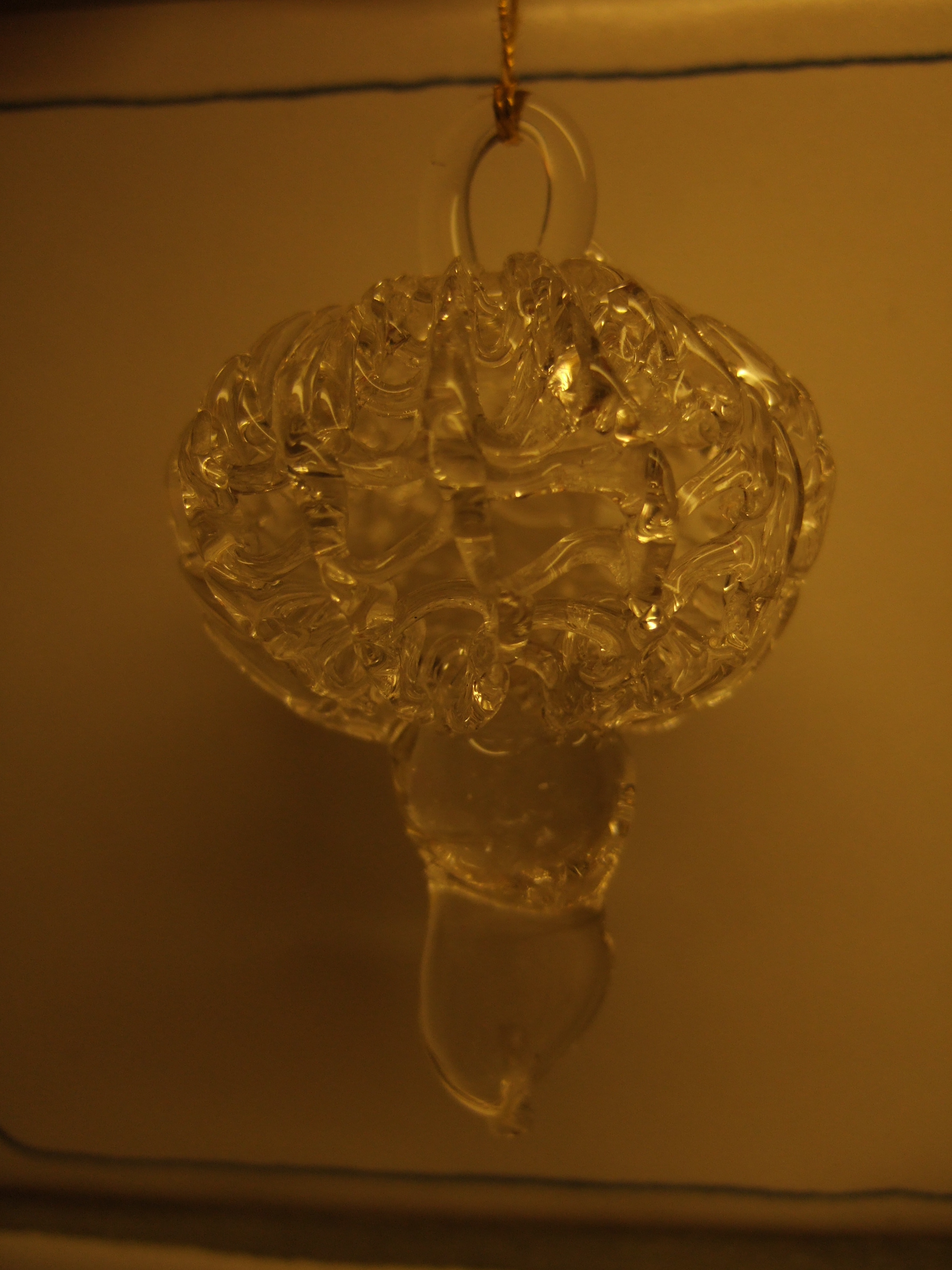Introduction
Vikings, the seafaring warriors and explorers of the Scandinavian region during the Viking Age (approximately 793-1066 AD), left behind a rich cultural heritage that continues to captivate our imagination today. Among their numerous cultural contributions, Viking jewelry stands out as a testament to their refined craftsmanship and artistic sensibilities. This report aims to explore the intricacies and significance of
Viking jewelry and its unique attributes within the broader context of Viking culture.
Historical Context and Significance
The Viking Age marked a significant period of expansion and exploration by the Scandinavian people. As avid traders, warriors, and explorers, the Vikings acquired wealth and treasures from their voyages to distant lands. Jewelry played a pivotal role in their society as a symbol of status, wealth, and a means of displaying intricate artistic expressions.
Materials and Techniques
Viking jewelry was crafted using a diverse range of materials, including gold, silver, bronze, glass, and various semi-precious stones. Gold and silver were preferred for their rarity and
intrinsic value, often associated with higher-ranking individuals. Master craftsmen employed a variety of techniques, such as filigree, granulation, casting, and twisting wires, to create intricate and aesthetically pleasing designs. The final pieces often incorporated decorative elements such as animal motifs, intricate knotwork, and runes.
Types of Viking Jewelry
Several types of jewelry were prominent in Viking culture. One of the most iconic forms is the brooch. These circular or oval-shaped adornments, often called fibulae, were vital for fastening clothing and served as status symbols. Their ornate designs showcased the social and economic standing of the wearer.
Another prevalent form of Viking jewelry was the arm ring or armlet. Crafted from precious metals, these rings were believed to have a protective and symbolic purpose. Arm rings were frequently adorned with animal depictions, believed to possess protective qualities and to manifest a connection between the wearer and the spiritual realm.
Necklaces were also popular among Vikings, particularly those with intricate pendants. Thor's hammer, Mjolnir, was a common motif frequently suspended from necklaces. These pendants doubled as protective amulets and as a symbol of loyalty to the Norse god Thor.
The Legacy and Influence of Viking Jewelry
Viking craftsmanship and jewelry-making techniques continue to inspire contemporary artisans, designers, and jewelers worldwide. The intricate detailing, mesmerizing patterns, and fusion of Viking motifs with modern interpretations have gained popularity among jewelry enthusiasts. The appreciation for Viking artistry has spilled over into mainstream fashion, with Viking-inspired jewelry becoming a staple of many collections.

Conclusion
The artistry displayed in Viking jewelry reveals the deep cultural significance and craftsmanship of the Viking people. These intricate pieces continue to amaze us with their beauty and technical expertise, providing glimpses into a civilization that thrived centuries ago. The enduring influence of Viking jewelry on modern culture demonstrates the lasting impact of their exceptional craftsmanship, reflecting a historical legacy that continues to captivate and inspire.